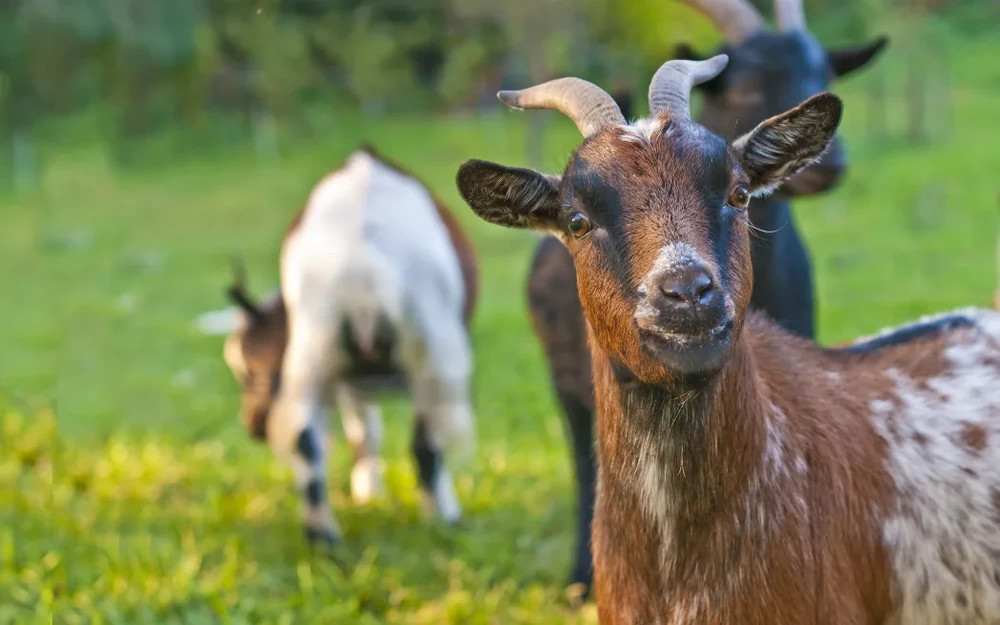If interested in adopting a goat, candidates need to send a formal request via email to the local authority before April 10 and pay a stamp fee of 16 euros (about $17) to complete the procedure.

The tiny Italian island of Alicudi is home to around 100 people and is supposed to be home to just 100 wild goats.
Faced with an imbalance between the number of residents and animals on the island, Mayor Riccardo Gullo is trying to call on people to contribute ideas to solve this problem.
The local government did not want to kill these goats, so an “adoption goat” program was created, whereby each person could adopt up to 50 goats.
To adopt, candidates need to send a formal request via email to the local authority by April 10 and pay a stamp fee of 16 euros (about $17) to complete the procedure.
However, Mr. Gullo announced that he would extend the deadline until most of the goats were adopted.
Some of the goats will remain in the wild for tourism purposes. The adopters will then have 15 days to capture and remove them from the island.
Alicudi is the least inhabited of the seven Aeolian Islands off the northern coast of Sicily.
According to the Sicilian regional government, a farmer introduced and released the goats on the island of Alicudi about 20 years ago.
Over the years, the goats lived on the cliffs of Alicudi and reproduced at an astonishing rate.
Alicudi is not the first place to see such an uncontrollable feral goat population.
In June 2023, in a neighborhood in McKinney, Texas (USA), 40 goats ran around and destroyed lawns after separating from a herd in a nearby area.
In March 2020, while implementing the COVID-19 lockdown, residents of Llandudno in Wales (UK) discovered herds of goats wandering the streets as well as venturing down from the hill above the town.
TB (General)